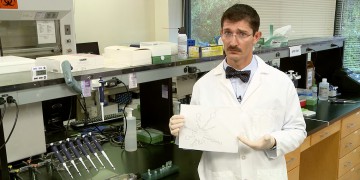
PrimePCR Assays: Your Path to a Custom PCR Plate
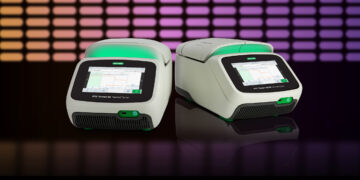
Introducing the PTC Tempo Thermal Cycler
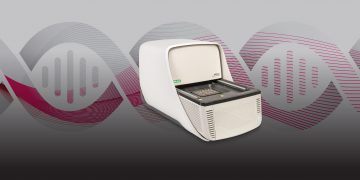
The CFX Duet Real-Time PCR System: Our Most Accessible qPCR Technology
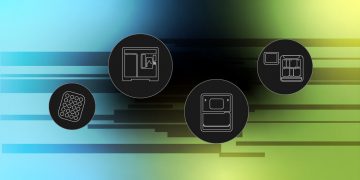
Discover Our Capabilities
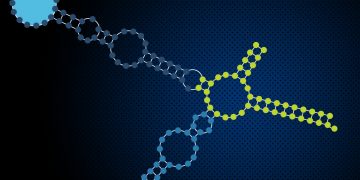
Discover lncRNA: Understanding the Long Noncoding Transcriptome

Using PrimePCR™ qPCR Assays to Understand Breast Cancer Metastasis
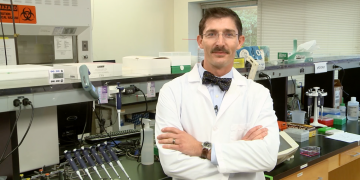
How to Design Hydrolysis Probes for qPCR
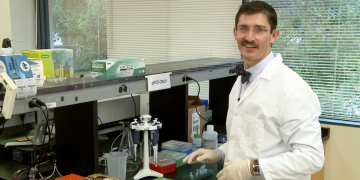
Six Tips for Increasing the Reproducibility of qPCR Experiments
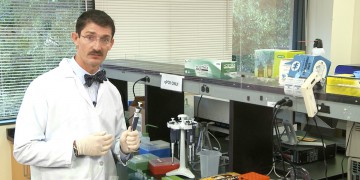
How to Minimize Contamination in qPCR Experiments
